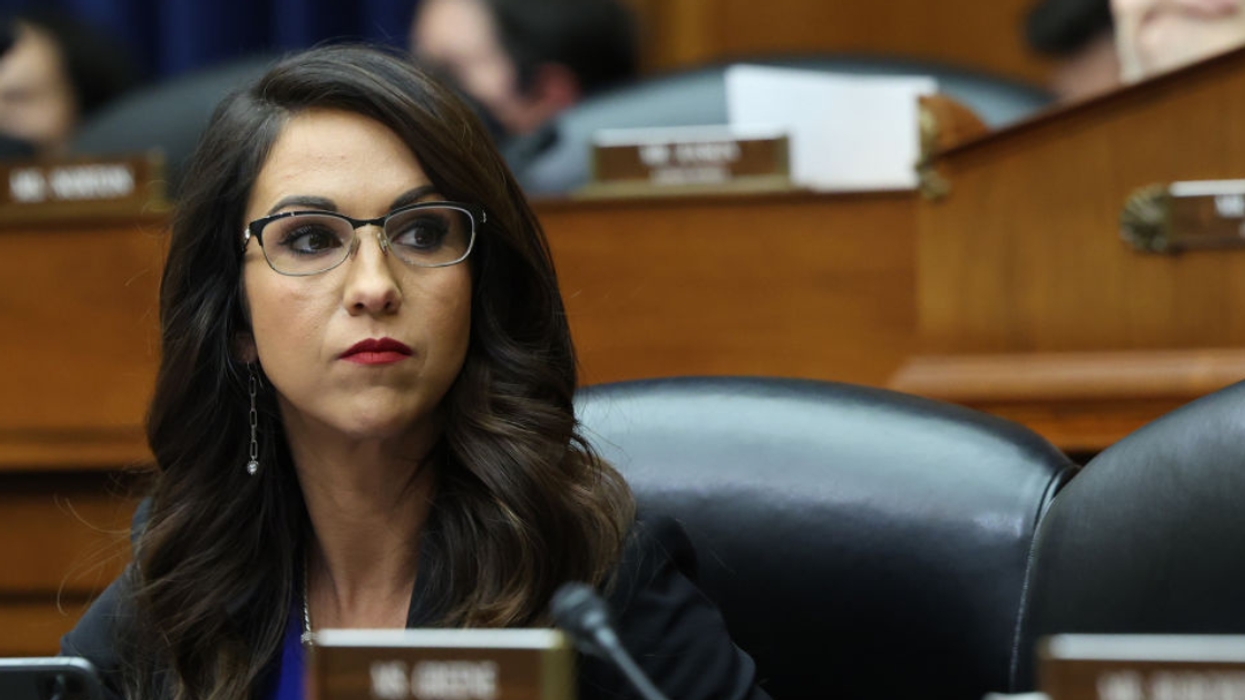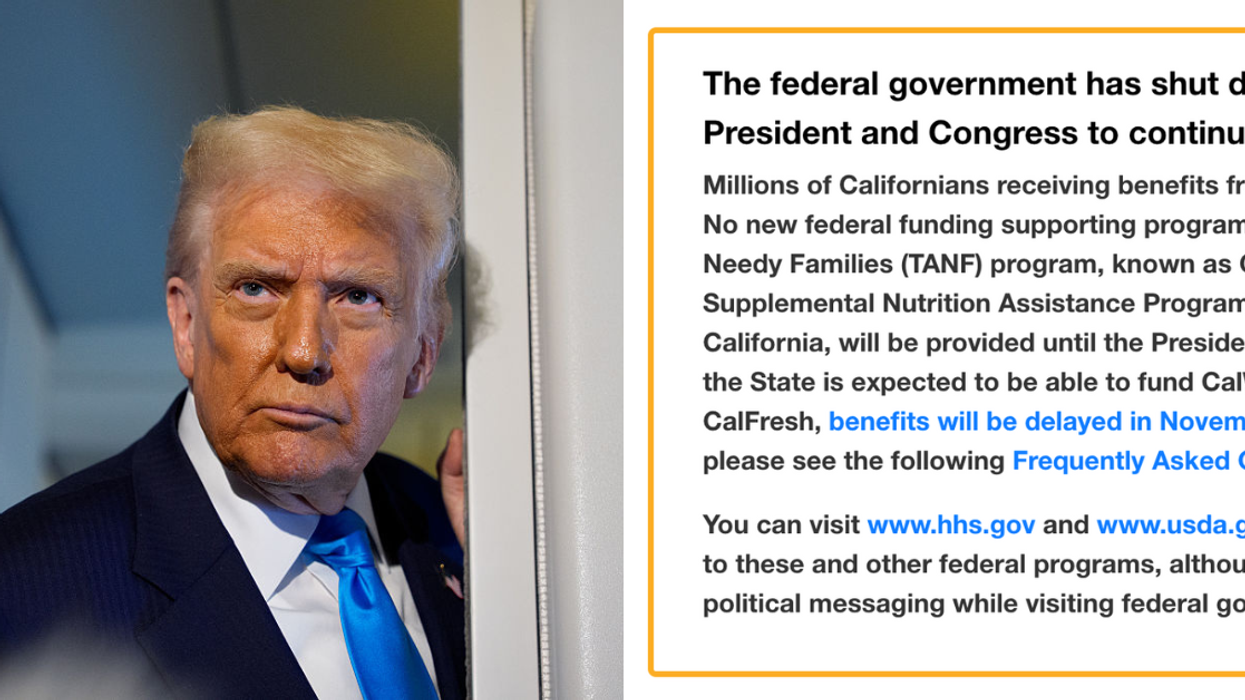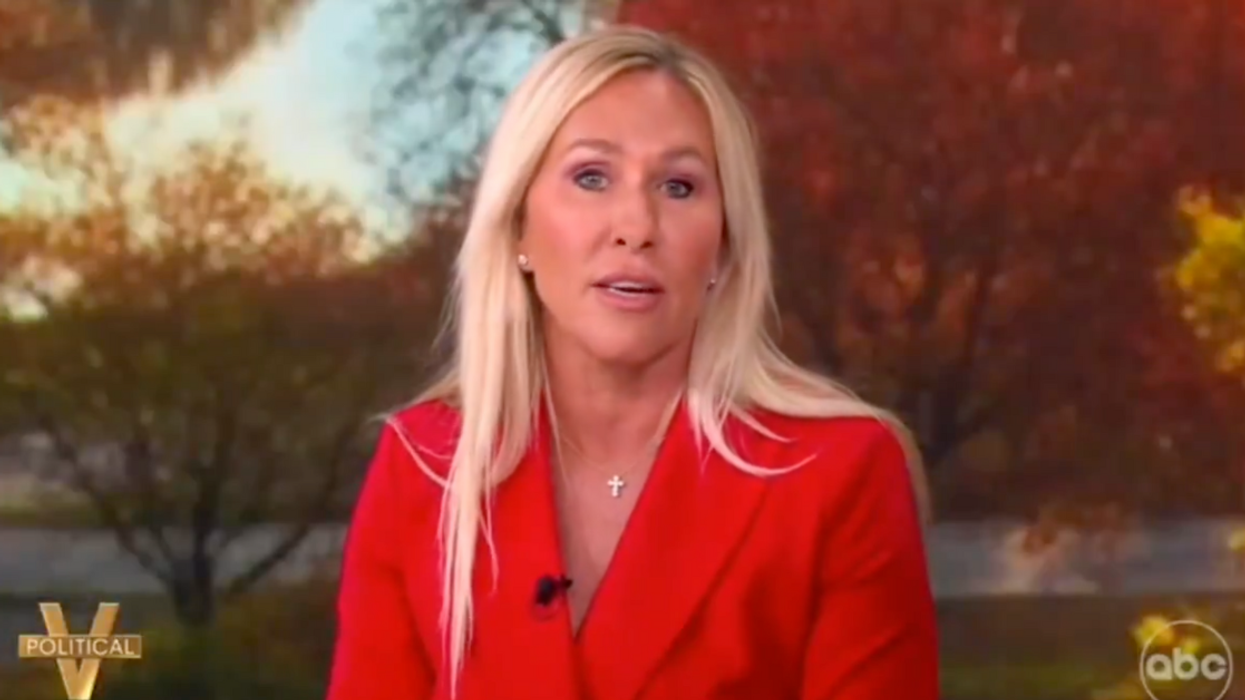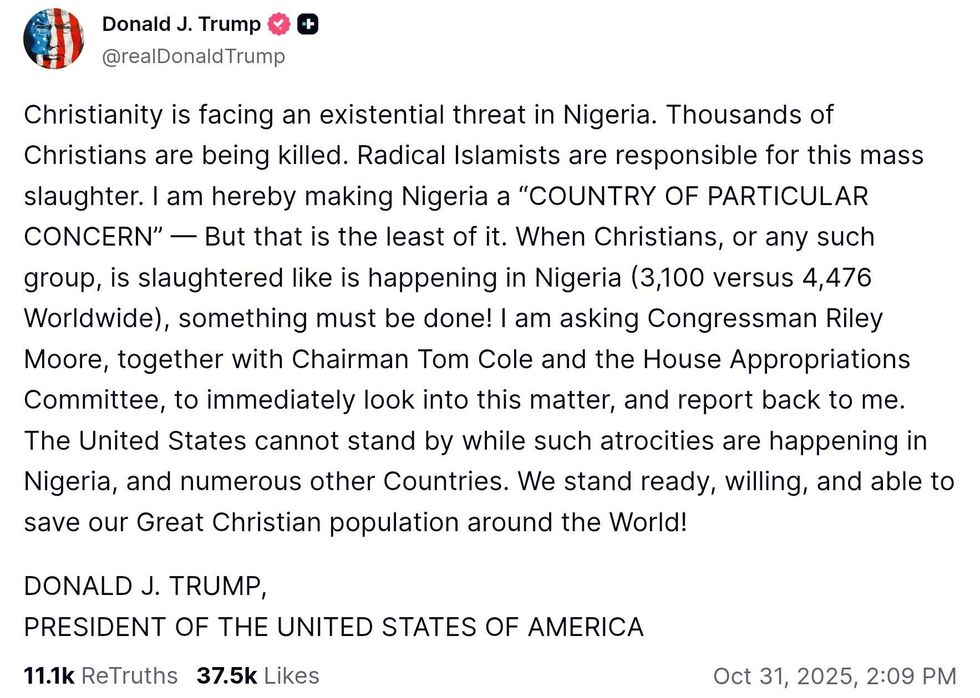Democrats began celebrating as early returns showed Governor Gavin Newsom of California would not only survive the Republican-led recall vote, but would do so resoundingly, even in areas traditionally considered conservative bastions. With all in-person votes counted, the "No" vote leads nearly 64-36, a whopping nearly 28 point spread. It was a sharp turnaround from earlier polls showing a dead heat race, which was due in large part to perceived voter enthusiasm among the Republican base and significant misgivings over Newsom among Democrats and Independents.
The victory is not only sweet for Democrats, it provides a glimpse into how the party might still have a chance at keeping its Congressional majorities. While it would be easy to dismiss California as a solidly blue state that doesn't represent the rest of the nation, a closer look reveals some salient takeaways for the larger, national picture.
Newsom Leaned Into His Pandemic Record
Much of the anger directed at Newsom was over his perceived draconian pandemic lockdown measures, which his critics on the right said led to needless business closures and economic pain. But rather than run from this record, Newsom leaned into it, saying the recall was about whether the voters would support vaccinations, science, and common sense health measures like masks, particularly in light of the surge in cases nationwide from the Delta variant. The move proved a shrewd one, as large majorities of Democrats and Independents now place pandemic leadership high on their priorities and even favor vaccine/testing mandates for large employers.
As the country prepares for yet another likely wave of Covid this winter among largely unvaccinated populations, Democratic candidates can follow Newsom and draw a sharp contrast between their competent and safety-oriented leadership and the failures of GOP governance in states like Florida and Texas, where Govs. DeSantis and Abbott are now underwater politically because of their extreme positions on Covid.
You Don't Like Me, But You Should See the Other Guy
While the recall remained a race between Newsom and his own record, the outcome was worrisome. But as soon as the story became, "It's either keep Newsom or elect Larry Elder," the momentum shifted strongly. Elder is in many ways a typical right-wing 2021 candidate: a radical media troll who is anti- almost everything most normal Americans support. The GOP had bet that it could peel off some voters because Elders is African American, but the electorate saw through this and focused on his Trumpian politics, his pledge to repeal mask mandates, and his promise to veto funding for reproductive rights, among other unpopular and non-Californian ideas.
Newsom's campaign was also successful in raising the national stakes over Elder's potential governorship after Elder pledged to replace senior Senator Diane Feinstein with a Republican should she resign or die in office, thereby handing the Senate majority back to the GOP. The same national stakes can be raised against radical candidates in 2022, driving Democrats to cast their ballots to prevent a House Speaker Kevin McCarthy or Senate Majority Leader Mitch McConnell, both of whom would do the former president's bidding. With nearly 40 QAnon-associated candidates seeking national elected office next year, voter dread and fear of extremism could motivate strong turnout. This could and should be the message for Democrats hoping both to woo independents and mobilize progressives.
Traditional GOP Bases in SoCal Went for Newsom
Conservative bastions such as Orange, Riverside and San Bernardino counties in Southern California have been tipping blue in recent years, but the 2020 "Red Riptide" delivered a shock and handed two critical House seats in Orange County back to the GOP. Those two seats look quite vulnerable today, given that Orange County voted "No" in the recall by more than five percent, surprising some prognosticators given the off-cycle nature of the election. There is a good opportunity to flip those House seats back even while holding on to districts narrowly won by Democrats.
The two Republican seats there are also currently held by Asian American women, a fact that likely contributed to their narrow wins given how heavily Asian the population of Orange County has become in recent years. Targeted voter outreach in these two critical districts will be key to flipping the seats in 2022. The basic numbers are already working in the Democrats' favor: In Orange County, Democrats narrowly have surpassed Republicans in voter registrations, so if voter enthusiasm can remain high in the midterms and Asian Americans can be educated about how these GOP stooges voted consistently with Trump, Orange County alone could help Nancy Pelosi retain a narrow majority in the House.
Latinos Broke Heavily for Newsom
Not wanting to repeat the neglect of the Latino vote that helped lead to big shifts toward Trump in 2020 in places like Texas and Florida, Gov. Newsom spent much of the final weeks of his campaign courting those voters. It paid off. In counties that were heavily Latino, Newsom racked up huge margins. Generally speaking, the more Latino a precinct, the more heavily it went for Newsom. Looking at just Orange County, Gov. Newsom scored as high as 83 percent of the vote in certain precincts.
This should give weight to the notion that the much-dreaded shift of Latino voters over to the GOP in 2020 isn't a foregone conclusion and that they should be considered valuable swing voters whom Democrats can reach—provided they have the right messaging and the right messengers.
There will be more lessons learned as the final numbers come in and get dissected, but Democrats should take heart. In an off-year election, with a politically vulnerable and in some ways unpopular incumbent in power, Democrats can still turn out enthusiastically and at least preserve the status quo. And if the national races wind up mirroring what happened in California, Democrats will have some reason to hope they can buck precedent in 2022 and manage to keep the GOP out of power in Congress, even after a midterm election.







 @BarryMu38294164/X
@BarryMu38294164/X








 @NICKIMINAJ/X
@NICKIMINAJ/X @NICKIMINAJ/X
@NICKIMINAJ/X @NICKIMINAJ/X
@NICKIMINAJ/X @NICKIMINAJ/X
@NICKIMINAJ/X @NICKIMINAJ/X
@NICKIMINAJ/X TMZ/Facebook
TMZ/Facebook TMZ/Facebook
TMZ/Facebook TMZ/Facebook
TMZ/Facebook TMZ/Facebook
TMZ/Facebook TMZ/Facebook
TMZ/Facebook TMZ/Facebook
TMZ/Facebook TMZ/Facebook
TMZ/Facebook TMZ/Facebook
TMZ/Facebook @NICKIMINAJ/X
@NICKIMINAJ/X @NICKIMINAJ/X
@NICKIMINAJ/X
 @lily.billsy/TikTok
@lily.billsy/TikTok @jojami/TikTok
@jojami/TikTok @strawbvny/TikTok
@strawbvny/TikTok @missingstrapon/TikTok
@missingstrapon/TikTok @damanmills/TikTok
@damanmills/TikTok @finnster2080/TikTok
@finnster2080/TikTok @jayjhis/TikTok
@jayjhis/TikTok @wyrdcreechur/TikTok
@wyrdcreechur/TikTok @itsmetheemochick/TikTok
@itsmetheemochick/TikTok @cassandra_psydragon/TikTok
@cassandra_psydragon/TikTok @transybooo/TikTok
@transybooo/TikTok @karikunz2/TikTok
@karikunz2/TikTok